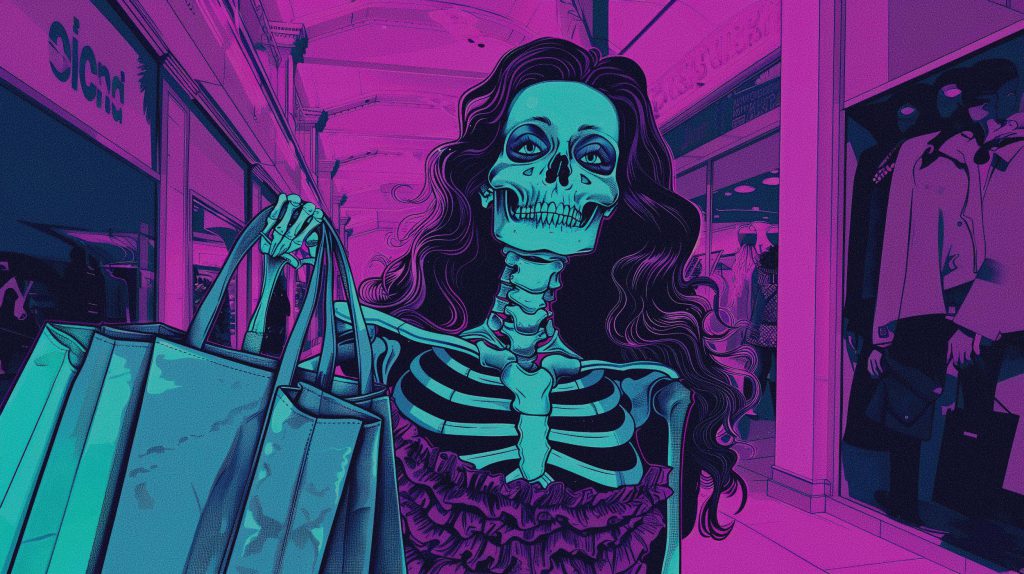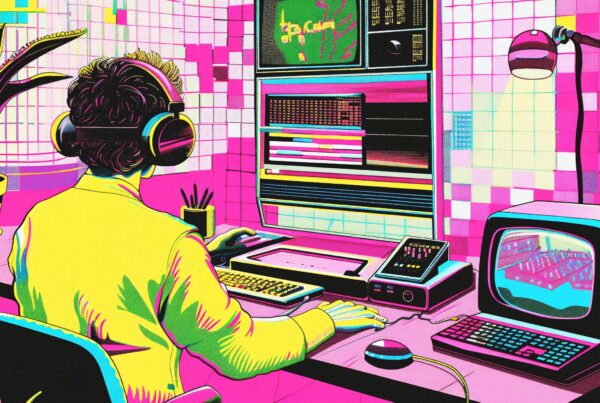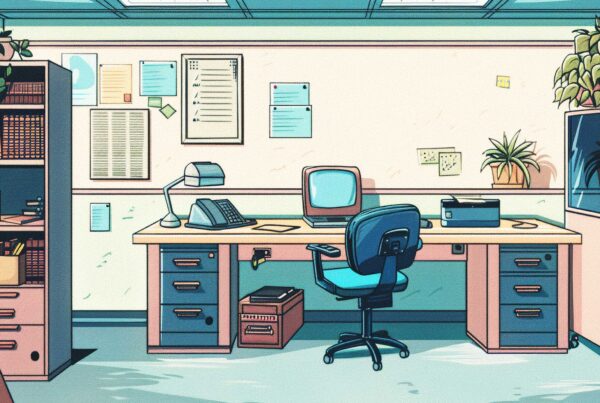When PayPal unveiled its recent logo redesign, the internet did what it does best—pounced. Almost instantly, critics on X (formerly Twitter) dissected every pixel, drawing comparisons, cracking jokes, and questioning the judgment of one of the world’s most recognizable fintech brands. This isn’t a new phenomenon. From Tropicana’s packaging disaster to Gap’s infamous Helvetica experiment, the social media populace loves nothing more than a high-profile design misstep. But what the average consumer doesn’t see is the tangled web of corporate decision-making, internal politics, and creative compromise that leads to these controversial outcomes. The truth is, what looks like a “bad design” is often the result of a broken process—not bad designers.
Why Logo Redesigns Draw Instant Public Backlash
The internet thrives on hot takes, and nothing invites them quite like a major logo redesign. Logos are emotional territory. They’re the visual shorthand for how people feel about a brand, and any change—no matter how subtle—feels like a breach of trust. Consumers develop relationships with logos over time, often subconsciously, and when a familiar mark is replaced, it triggers an identity crisis. It’s not just “new”; it’s “wrong.” And in the blink of an eye, a new logo can become a meme, a punchline, or worse—a symbol of a brand out of touch with its audience.
Social media platforms like X have become the global town square for reactions, and design critiques are now part of the cultural zeitgeist. Everyone’s a critic, and everyone has a platform. This democratization of opinion isn’t inherently bad, but it does create a distortion field where loud voices can amplify uninformed takes. The context behind the change—the brief, the research, the business rationale—rarely makes it into the conversation. Instead, the new logo is judged in isolation, devoid of the story that shaped it.
What’s often overlooked is that logo redesigns are rarely about aesthetics alone. They’re about evolving business models, expanding global footprints, and adjusting to new digital realities. But try explaining that in 280 characters. To the public, the logo is the tip of the iceberg; to the company, it’s a strategic move years in the making. That disconnect between intention and perception is where the backlash brews.
Inside the Corporate Maze of Branding Decisions
High-profile logo redesigns are rarely the product of a solitary creative vision. They are the end result of months—sometimes years—of strategy decks, stakeholder meetings, internal surveys, and rounds of revisions. It’s not uncommon for dozens of voices to weigh in, from marketing and product to legal and even the C-suite. Each layer adds complexity, dilutes clarity, and often pulls the design in conflicting directions. What starts as a bold idea can quickly become a Frankenstein’s monster of compromises.
Corporate politics plays an outsized role in the final outcome. Executives want to leave their mark. Brand managers want to play it safe. Product leads want something scalable. Legal wants something trademarkable. The original design brief, often crafted with clarity and purpose, is slowly eroded by a thousand paper cuts. The result? A logo that pleases no one and confuses everyone. And yet, because it has been “approved at the highest levels,” it goes live—whether or not it’s actually good.
The irony is that the more hands touch a logo redesign, the more likely it is to fail in the public eye. But internally, it’s often heralded as a triumph of collaboration. PowerPoint decks are filled with rationale, color psychology, and promise of brand synergy. Everyone who signed off on it gets to claim a piece of the success—until the internet decides otherwise. Then, suddenly, no one remembers being in the room.
When Design Fails, Creatives Shoulder the Blame
When a redesign flops, the internet doesn’t call out the CEO, the legal team, or the brand strategist. It blames the designer. It’s the agency that gets dragged, the creative director whose name gets attached, and the design team that takes the heat. This is the cruel irony of corporate design work: the credit is shared, but the blame is individual. As the saying goes, “Success has many fathers, but failure is an orphan.” In branding, that orphan wears a hoodie and holds a stylus.
This scapegoating is not only unfair—it’s emotionally and professionally damaging. Designers are often some of the few people in the process advocating for the user, for clarity, for simplicity. They push back on bad ideas, fight to preserve integrity, and try to create something meaningful amidst a sea of opinions. But when the final product is a compromised version of their vision, they’re left defending a decision they didn’t fully make. The internet doesn’t know that. It just sees the logo and assumes incompetence.
We need to stop pretending that a logo redesign is a single brushstroke from a lone creative genius. It’s a political process, a branding chess match, and often a lesson in endurance. Until we start acknowledging the complexity behind these projects, we’ll keep misplacing our criticism. Designers don’t need more public takedowns—they need more internal allies who understand that good design can’t survive in a bad process.
The next time a logo redesign hits your feed and your first instinct is to roast it—pause. Ask yourself what might have gone into that decision. Consider the dozens of meetings, conflicting agendas, and internal pressures that shaped it. Design is not a democracy, but it’s also not a dictatorship. It’s a negotiation. And sometimes, the final product reflects more about the organization than the designer. In a world where public opinion moves at the speed of a tweet, maybe it’s time we started judging logos not just by how they look, but by the systems that created them.































